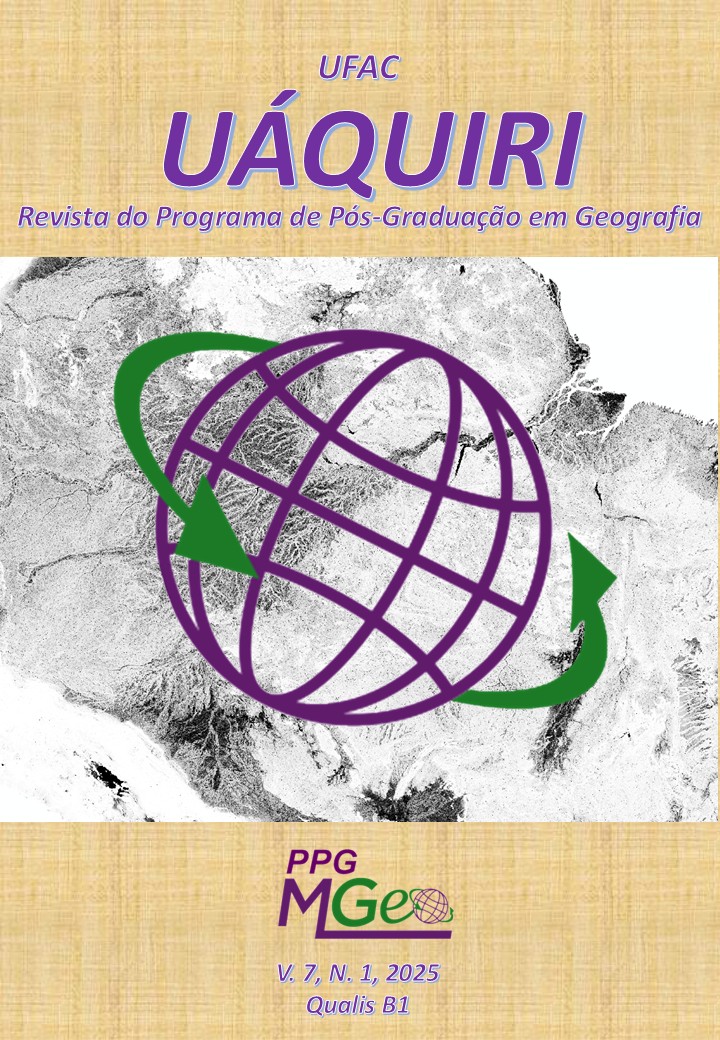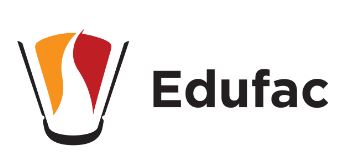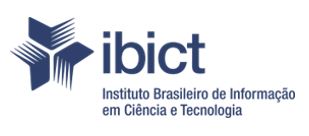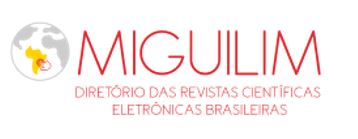CONFLITOS POR ÁGUA: UMA ANÁLISE VOLTADA PARA O ENSINO MÉDIO E O USO DA MASSA DE MODELAR NO IMAGINÁRIO DOS ALUNOS
Keywords:
Water conflictsAbstract
This report describes an innovative pedagogical activity on water conflicts developed with secondary school students. The intervention combined a brief theoretical introduction (15 minutes) with a practical activity in which the students, organised in pairs, created models of regions with water disputes using modelling clay (40 minutes). During the activity, the students represented geographical elements such as rivers, borders and areas of tension, while the teachers acted as mediators, clarifying doubts and promoting reflection. The results showed that the practical approach significantly facilitated understanding of this complex subject. The models showed that the students were able to assimilate and adequately represent the concepts worked on, relating natural and human factors in water conflicts. In addition to conceptual learning, the activity promoted important skills such as teamwork, creativity and communication. The experience showed that active methodologies and manipulative resources such as modelling clay can transform the teaching of abstract topics into concrete and meaningful learning, even in short classes. The activity proved particularly effective in representing complex spatial relationships and stimulating student engagement.
Downloads
References
RIBEIRO, Wagner Costa. Geopolítica da água. 2. ed. São Paulo: Contexto, 2008. 192 p. (Coleção Política e Contemporaneidade).










